A living cultural heritage
The founder of Deutsche Wekstätten, Karl Schmidt (1873-1948), would be proud to see that Dresden-Hellerau and the concept he and his partners shaped for the life reform movement is still more alive than ever. The houses, that were originally built in 1908 as part of the garden city, are in good shape and still lived in today. The festival theatre, designed by the Architect Heinrich Tessenow and built in 1911, is now home to the European Centre for the Arts, Dresden. Its vibrant programme is in tune with the teachings of Emile Jacques-Dalcroze, Swiss composer, music educator (1865-1959) and one of the fathers of modern dance. The arrival of dancer and choreographer William Forsythe with his Frankfurt Dance Company followed by Jacopo Godani, in 2015, has brought the theatre back to life.
And finally, the original Deutsche Werkstätten factory built between 1909 and 1911 by the Architect Richard Riemerschmidt (1868-1957) and since complemented by the new Deutsche Werkstätten headquarters completed in 2006. Anette Hellmuth, responsible at Deutsche Werkstätten for Art and History, among other things, is keen to stress just how unique Dresden-Hellerau is, as the last existing life reform project of its kind in the world.
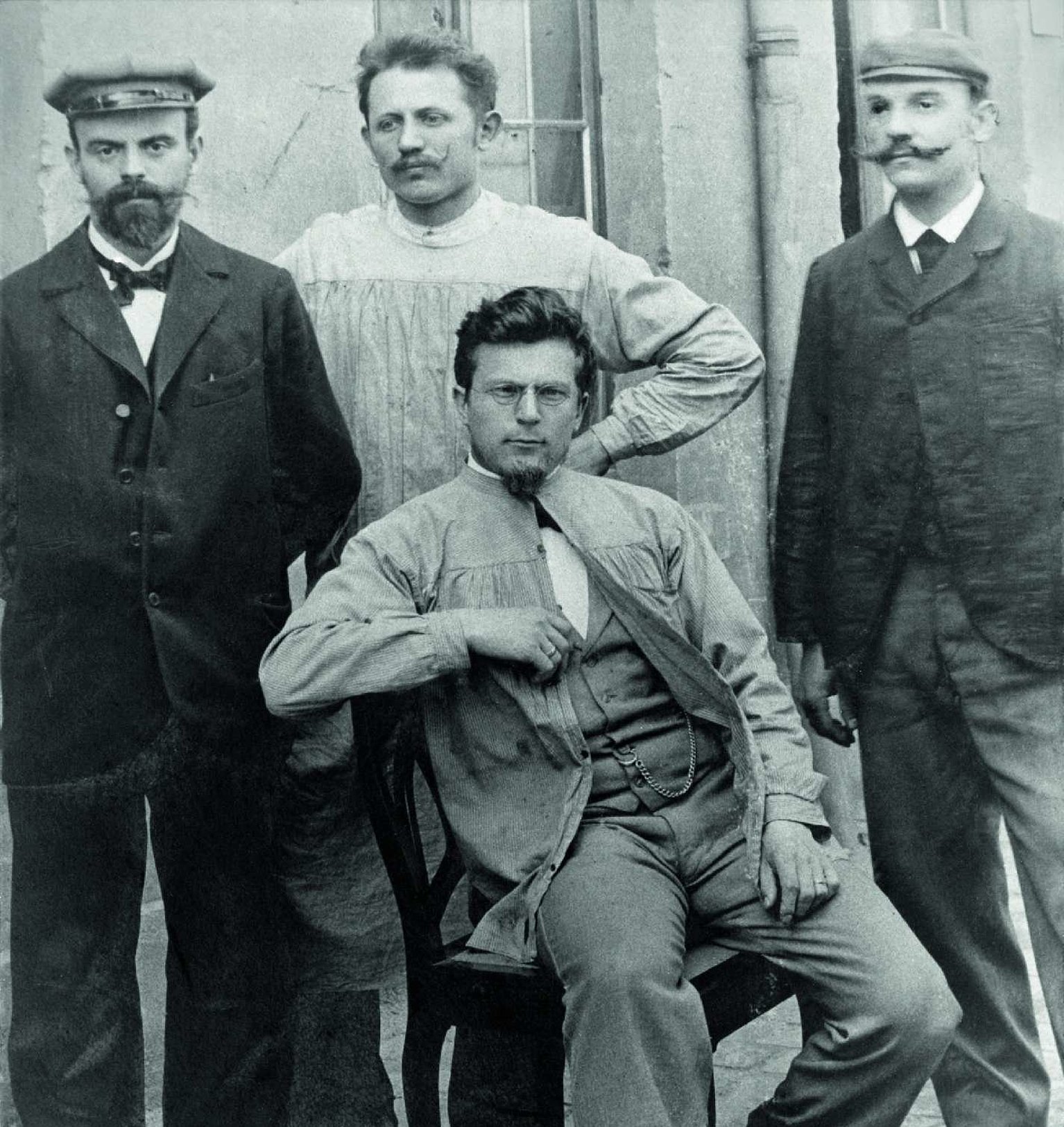
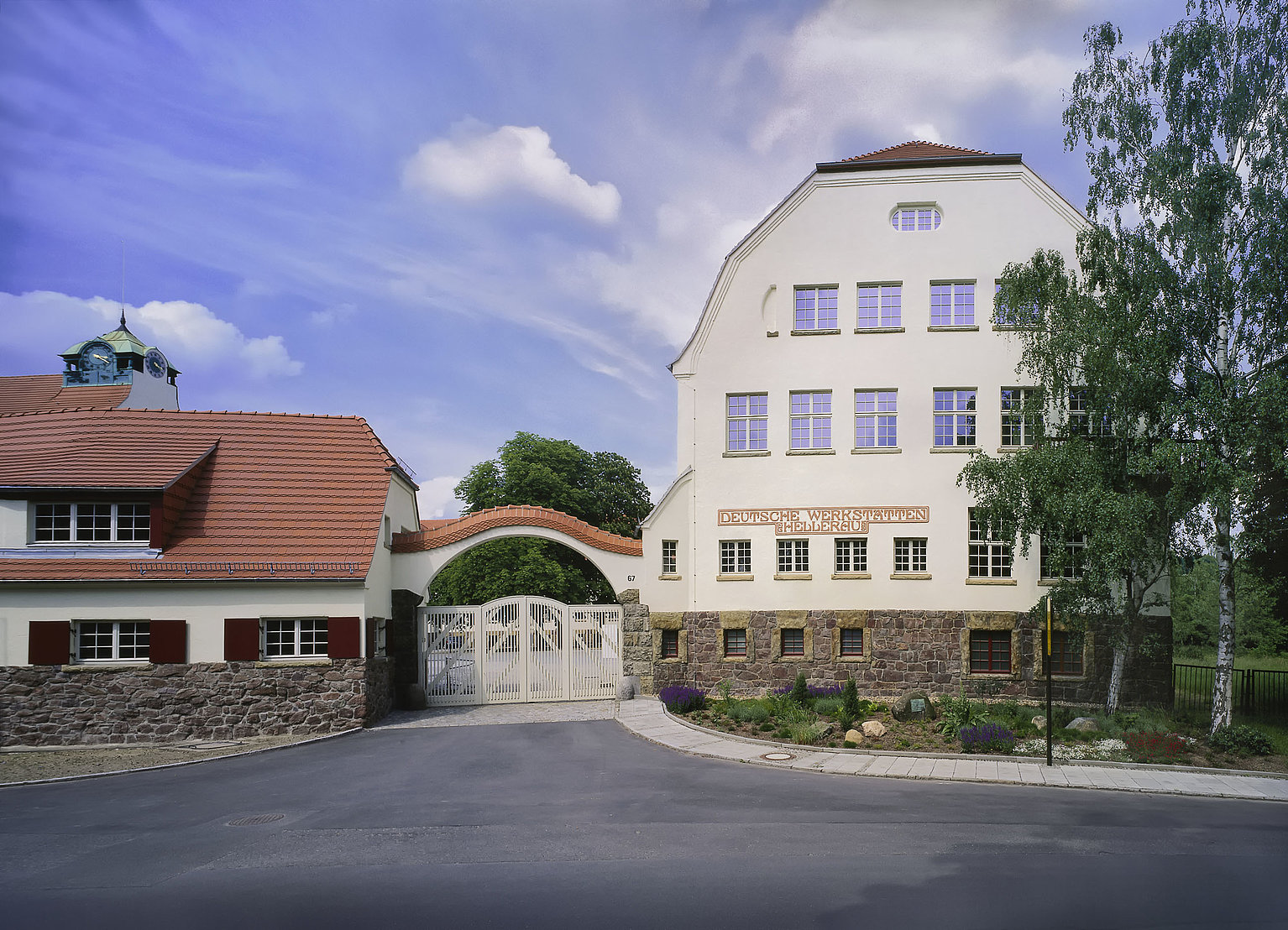
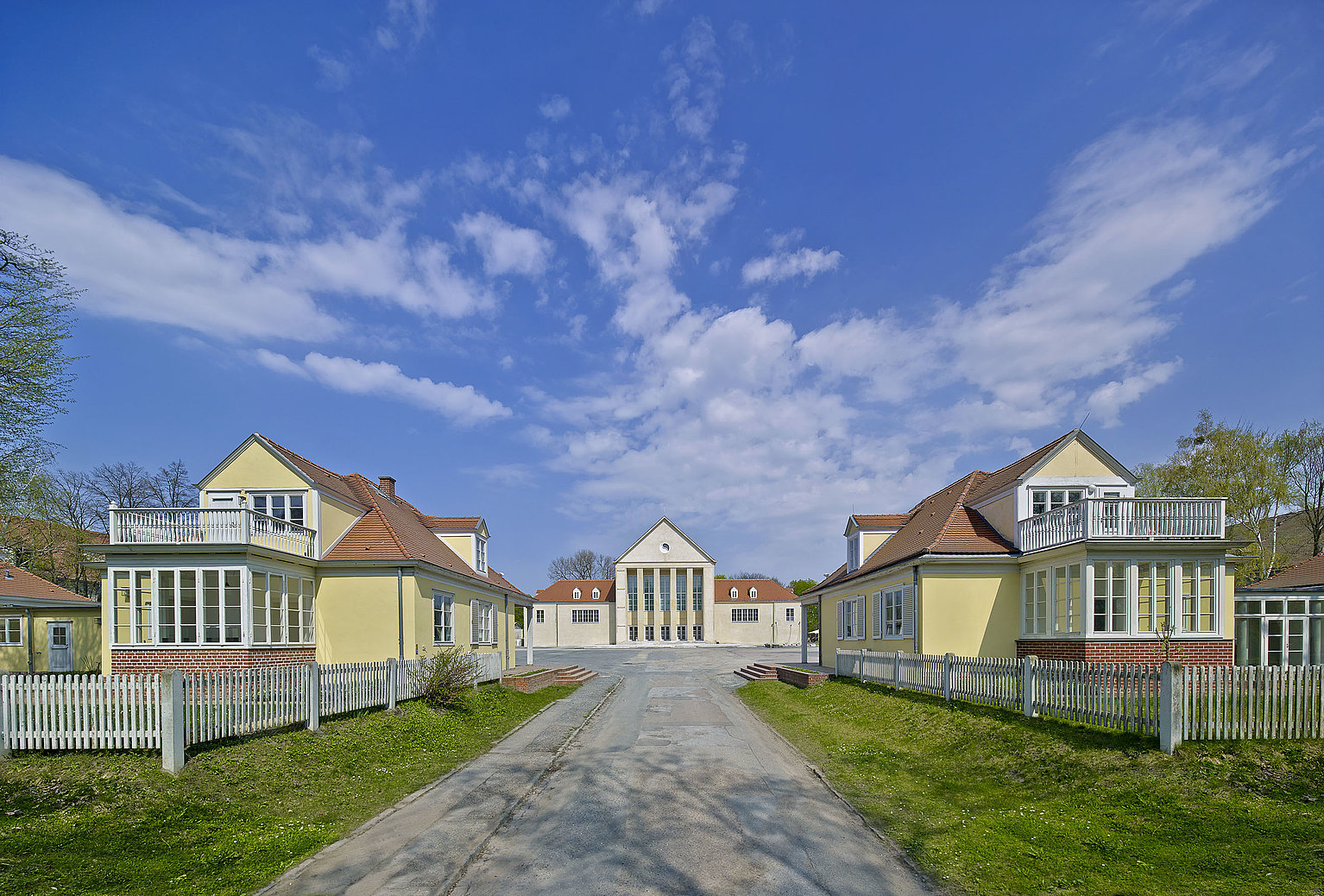
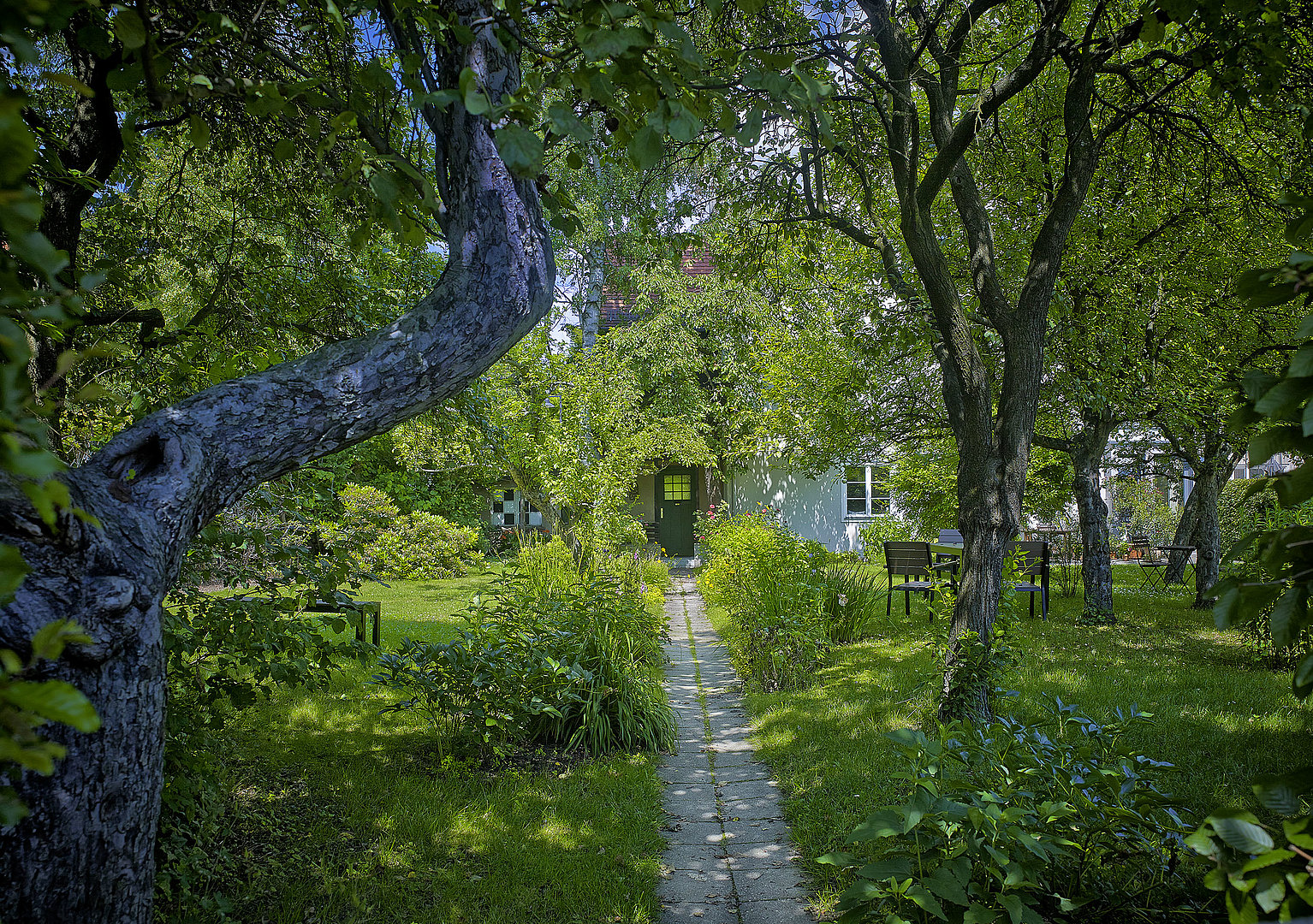
This is why Deutsche Werkstätten supports the application for UNESCO World Heritage status.
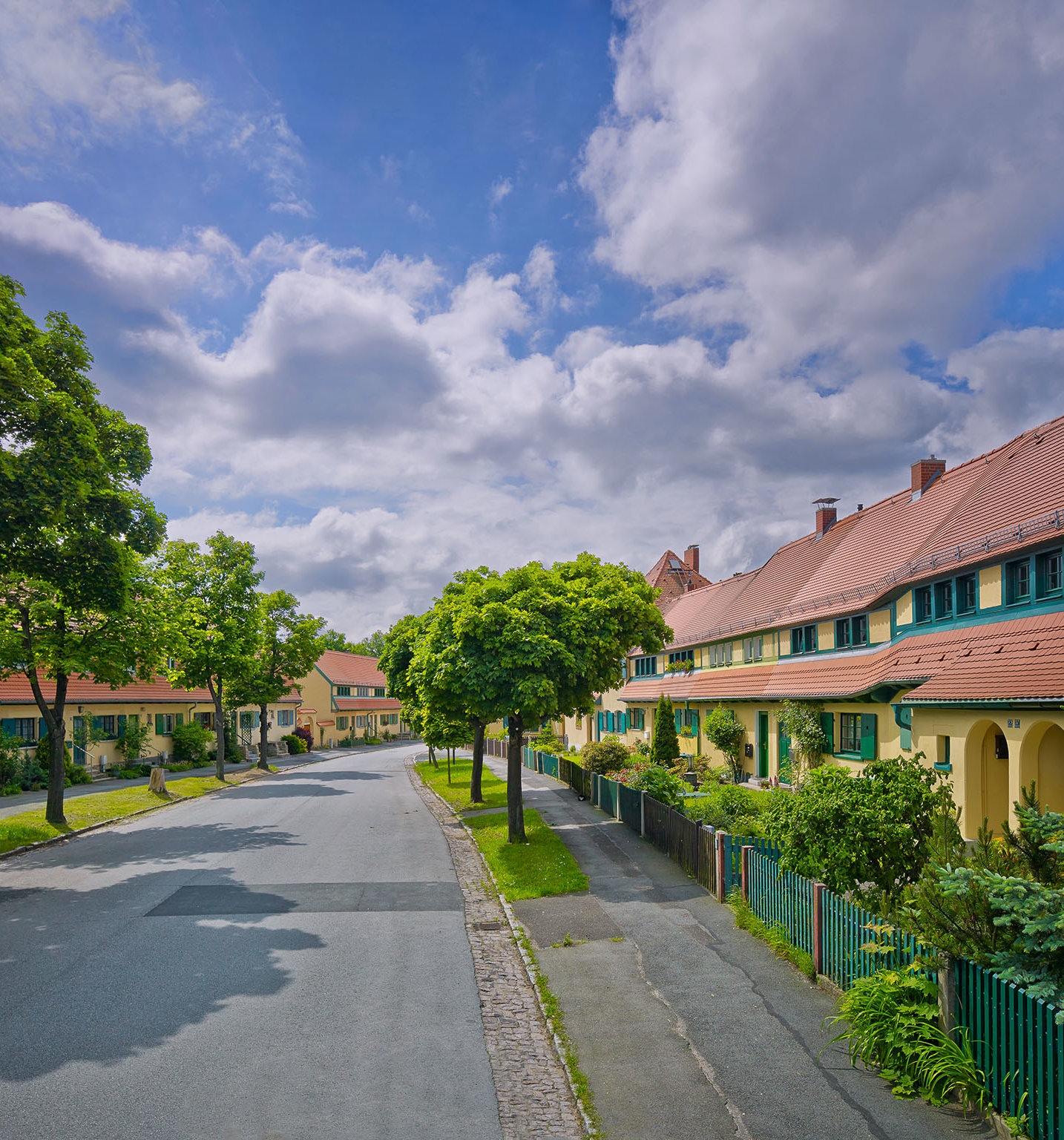
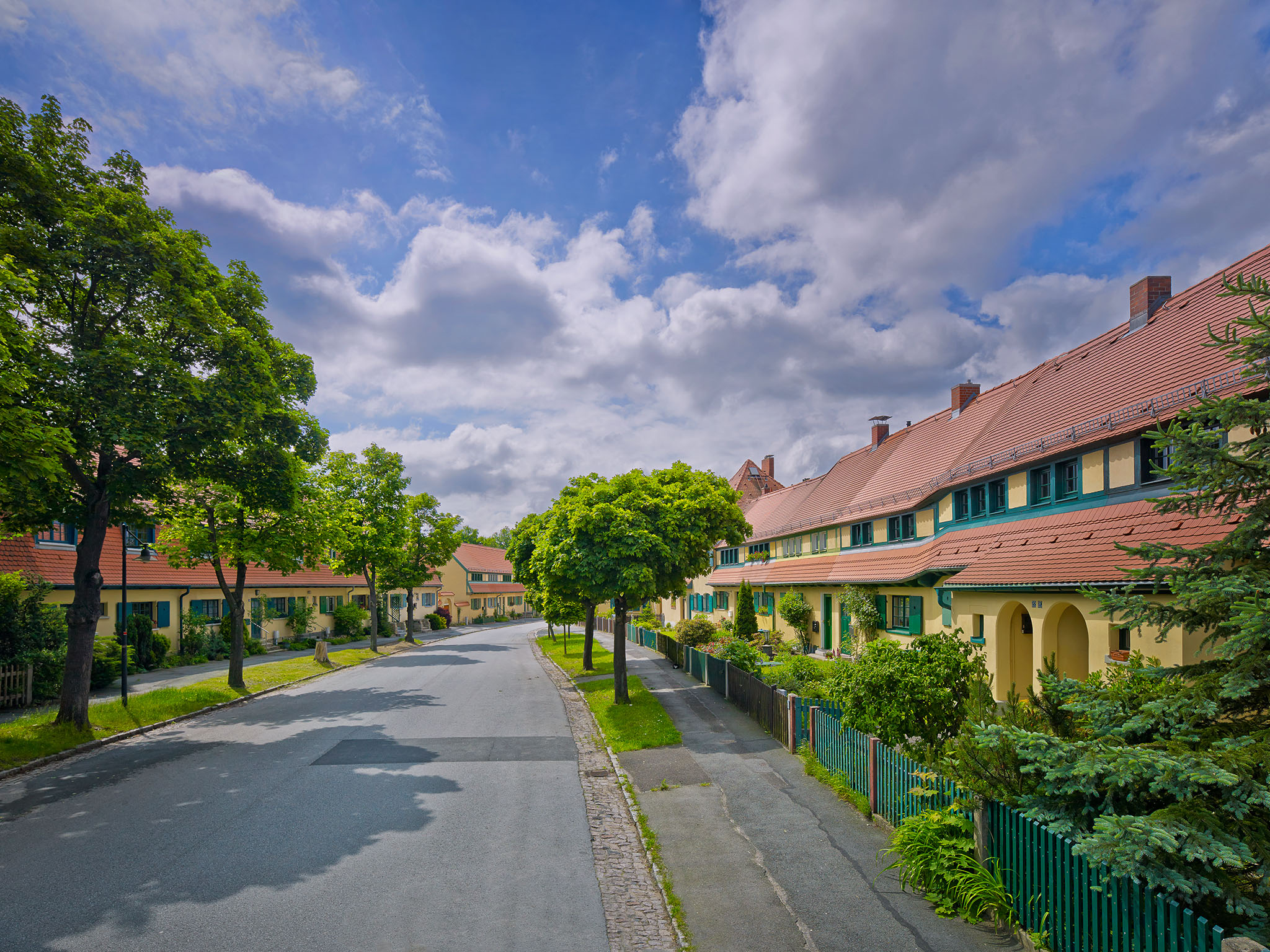
Although this is a lengthy and sometimes arduous process, Anette Hellmuth is convinced it is worthwhile and will eventually be for the benefit of all concerned, in particular, Saxony and its capital city Dresden, that was forced to give up its world heritage status in 2009 following the construction of the controversial new bridge, ‘Waldschlösschenbrücke’. Dresden-Hellerau provides an outstanding example of the aspirations and failings of modernism at the start of the 20th Century and is a result of the concepts and concerns that shaped the life reform movement. Saxony would do well not to forget its exceptional industrial heritage. After all, there is more to this State than its former royal capital ‘Dresden’.
Editorial note: This article was published in 2020.
"Saxony would do well not to forget its exceptional industrial heritage. After all, there is more to this State than its former royal capital ‘Dresden’."
![[Translate to Englisch:] [Translate to Englisch:]](/fileadmin/_processed_/7/1/csm_entwurf_waescheschrank_e.hoegg__c__shstadd_deutsche_werkstaetten_ed99fe053c.jpg)